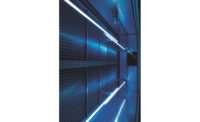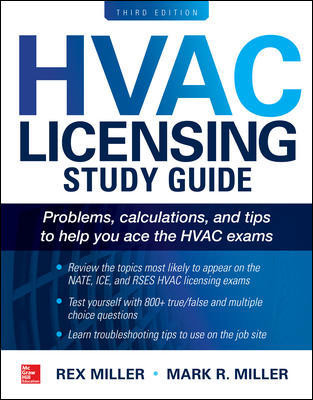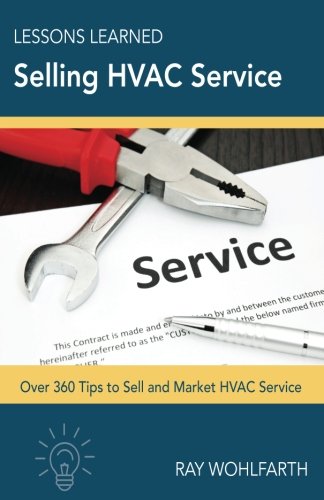- System sizing and installation design
- Commissioning guidance
- Retrofitting UV-C systems
- Maintenance
PART 1: SYSTEM SIZING AND INSTALLATION DESIGN
PART 2: COMMISSIONING TIPS (CHECKING DESIGN SPECIFICATIONS AND INSTALLATION QUALITY)
PRE-FUNCTIONAL
FUNCTIONAL
TRAINING AND DOCUMENTATION
PART 3: RETROFIT GUIDANCE
- Coil traverse – note: if fan is VAV, set at 60Hz for each test
- Coil entering and leaving wet bulb temperatures (h1 – h2)
- For fan horsepower savings:
- Coil pressure drop (expressly across the cooling coil)
Optional:
- Chilled water entering and leaving temperature and volume
- Coolant temperature differentials (at the coil – for CW units)
- Fan rpm
- Fan motor amp draw
- Note all damper positions and unusual damper systems that might affect pressure drop readings (i.e. economizer cycle). Dampers can move for various reasons, but their movement can effect airflow and pressure drop readings.
- If the AC system is VAV, override the controller so that the unit is at 100% capacity (60Hz) during each test period to provide exact before and after comparisons of cfm. This will assure that fan rpm is the same each time readings are performed.
- Note whether the system includes a return air fan. A return air fan will affect total airflow and therefore pressure drop across the coil. It must perform the same during the before and after measurements. If it includes a VFD be sure it is also at 60Hz.
- Coil cleaning costs (material & labor), actual or estimated.
- Drain pan cleaning and treatment costs (material & labor).
- Electrical cost in dollars per kWh.
- Demand charge in dollars per hours of system cooling per year (actual or estimated).
- How is unit operation and operation hours controlled? Make sure it is consistent.
|
UV-C RESOURCES |
|
Additional articles by the author — “The Hidden Value of UV-C” and “Maintaining A/C-System Performance With UV-C” — have appeared in various publications and will provide background information to engineers, contractors, commissioning providers, and facility staff. Find them all on the UV Resources website at http://tinyurl.com/mjvlxay. |
PART 4: OPERATING AND MAINTENANCE RECOMMENDATIONS
- It provides time to get a full replacement competitively quoted and fulfilled.
- The inventory or replacement lamps are reduced to a recommended quantity of 5% of the installed lamp quantity to hedge against breakage or premature failure.
- It eliminates the time, labor, and cost of trying to monitor the lights on a more frequent basis, especially toward the 9,000-hr window.
- It minimizes system downtime and provides maximum UV-C output to keep the kill of airborne microorganisms as high as possible.










